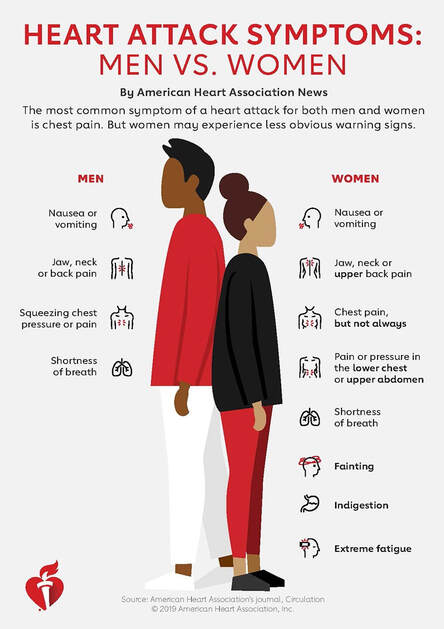 The major symptoms of a heart attack include shortness of breath, chest pain or discomfort, dizziness, irregular heartbeat, and fatigue. Many heart attacks cause shortness of breath, chest pain, or discomfort that lasts for longer than a couple of minutes and that goes away very quickly. Sometimes the discomfort can even feel as if extreme pressure, itching, burning, or even pain is present. If you have suffered from these symptoms and have been diagnosed with a heart attack, your doctor will most likely be recommending treatments for your condition. There are different types of heart attacks and some have different causes. For example, myocardial infarction (heart attack) is the same as sudden cardiac arrest (SCA), but the symptoms from these two conditions tend to be very similar. Another type of heart attack is termed coronary artery disease (CAD). With this condition, there is an increased amount of plaque that builds up in and around the walls of the heart arteries, which causes them to narrow and become less flexible, ultimately cutting off blood flow entirely. In addition to having these symptoms, people who suffer from heart attacks may experience dizziness or faintness. They may also cough or wheeze. When the chest x-ray is performed, the patient's heart is examined under a view of a computer screen. This can provide the doctor with additional information about the heart attack. The chest x-ray shows whether or not there was a blockage of blood flow in the coronary arteries. It can also show whether the heart attack occurred at the heart or in another part of the body, such as the brain, lung, or kidneys. Doctors perform several procedures to stop a heart attack. If the blockage is due to fatty deposits buildup in the coronary arteries, then a procedure called coronary angioplasty may be performed. This procedure is done by opening up a large artery that supplies blood and oxygen to the heart. An artificial artery is constructed inside the narrowed artery so that it becomes narrower. By doing this, blood will no longer trickle into the heart but will instead go to the artificial artery, which is much easier and less invasive than the traditional method of bypassing the coronary artery. Patients who undergo angioplasty surgery also have other treatments, such as coronary artery bypass surgery or a myocardial infarction. These are major treatments and require a hospital stay. After the surgery, the patient will need to take high-quality cholesterol control medications to prevent heart attacks and strokes in the future. Doctors also commonly recommend cognitive behavioral therapy in patients who have experienced a previous heart attack. This treatment focuses on changing the way a person thinks about their overall health, including their cholesterol levels and blood pressure level. For some patients, undergoing surgery is not enough to prevent a cardiac arrest; in these cases, there are additional treatments that are performed. During an attack, doctors will monitor the heart and oxygenation using a machine called a ventilator. If oxygen is low, the doctor will give the patient a dose of supplementary oxygen, which will help restore the heart's function and increase circulation. Many patients who suffer from cardiac arrest choose to undergo more drastic action. During the cardiac arrest, doctors will place the patient in cardiac arrest and use ventilators and medications to create images of their heart during the time the heart is not working properly. If the images are not clear and do not show any visible damage, then the heart will continue to work, and the patient will be given further treatment at the hospital. Some of these extreme measures are not always necessary, especially in patients' instances where the problem did not cause immediate death. Doctors will often recommend that patients with cardiac issues undergo imaging procedures so that they can spot problems early and treat them before they can create irreversible damage to the heart. In the event that any of these symptoms occur after an episode of nausea, don't hesitate to consult an emergency room physician. This type of treatment may be lifesaving for the person involved. If you or someone you know has experienced these symptoms, it is vital that you get medical care as soon as possible. The sooner you seek medical attention for a heart disease symptom, the faster you can return to a normal life. To ensure your safety, speak to your primary care physician before you visit the emergency room for any type of medical concerns.
0 Comments
Your comment will be posted after it is approved.
Leave a Reply. |
Archives
July 2024
AuthorSteve Schafer is the founder of TheEulogyWriters and the author of hundreds of heartfelt, wonderful eulogies. He lives in Texas and has been writing eulogies for well over thirty years. The articles in this blog are designed to help people through the process of losing loved ones and exploring issues in the aging process. |
|
The Eulogy Writers
4092 Old Dominion Dr. West Bloomfield, MI 48323 |
Writers: Steve Schafer, Ralph DiBiasio-Snyder, Abi Galeas, Miriam Hill
Steve's Personal Cell Phone: (734) 846-3072 Our email address is: [email protected] |